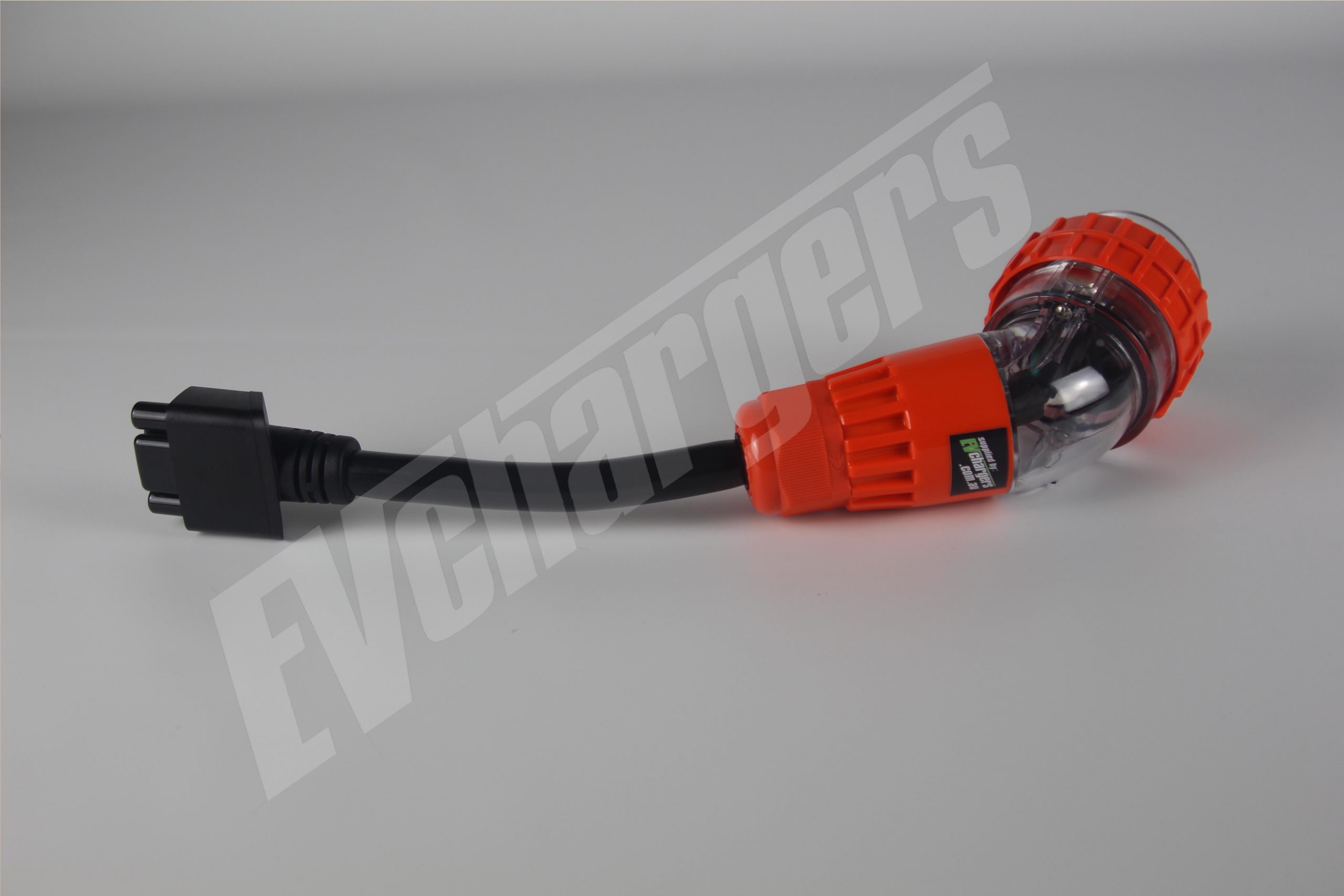Is that a thing in the US?
Again that would be in the US only.
In Australia all power points are on 20 amp circuits and a fairly common practice is to charge at 15 amps at 240v. Technically anything more than a 10 amp socket needs to be on a dedicated circuit. This makes the bare minimum 3.6Kw. I can drive pretty much anywhere in Australia, and unless they are running a kettle or a iron off the same circuit at the same time (most houses are broken up to 3-4 circuits for power points), I can draw 3.6Kw all day. Most fuse boxes on the side of houses, are located at the front (for easy meter reading and servicing) and have a socket, so nearly every house has a 3.6Kw socket ready to go, in a water proof box at the front of every suburban house.
Every powered camping ground in Australia has 15 amp 240v sockets to every site. So again 3.6Kw is literally free and available everywhere.
In Australia 3 Phase is very common. As it is in most of Europe. In Austria, every home is 3 phase. So in many countries, the minimum charging speed would be between 3.5Kw and 11Kw.
Tesla (and the US) needs to properly embrace 3 phase power.
The tesla charger can be had with 3 phase tails with 20 or 32 amp pins.
Tesla Gen2 Mobile Connector Adaptor, with selectable 20A 3pin & 5pin and 32A 3pin & 5pin plugs to suit everyone's needs when charging at 20A or 32A outlets, single or 3 phase. Feeling tempted to buy for a few dollars cheaper from another supplier? What if this happens on your first charge? How...

evchargers.com.au
The Tesla chargers don't even use the full amount of power the socket has available for them. The US has its single phase but high current electrical grid design, which is very unusual and limiting. The on car charger on an EV should be 22Kw.
Future battery technology will allow higher and faster charging, that is definitely happening. Instead of 250kw for ~25% of the charging, it will be like 400kw for ~80% of the charging. That is already possible today.
Bigger EV's are coming. At some point Tesla will adopt a 800v architecture for its cars.
XPeng claims its G9 EV SUV offers the fastest charging in the world.

www.engadget.com






